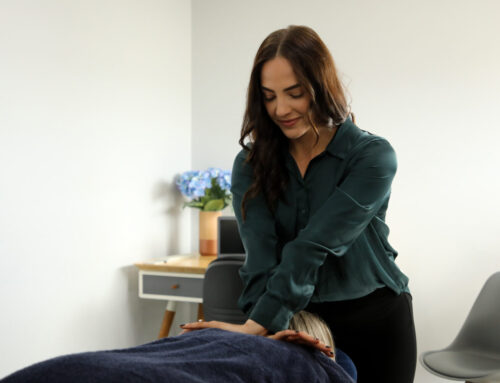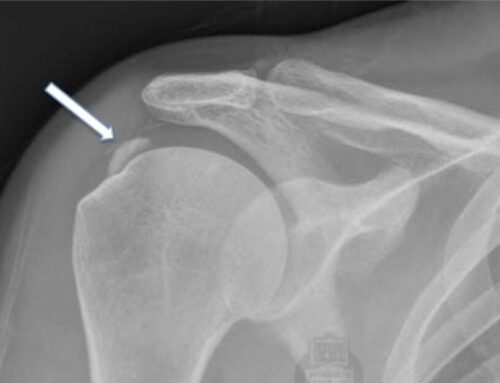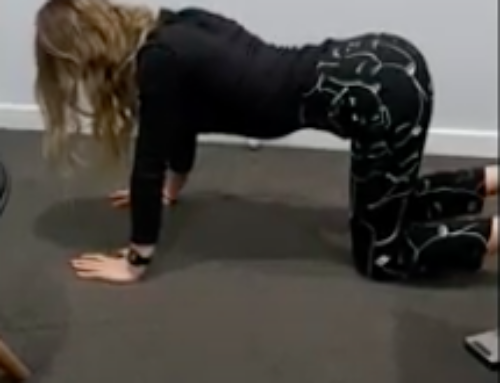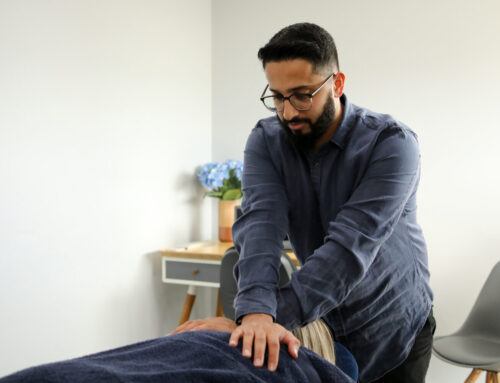
https://www.academyorthopedics.com/blog/what-are-the-signs-of-carpal-tunnel-syndrome/
Carpal tunnel syndrome (CTS) is a common condition that affects the hand and wrist, causing pain, numbness, and tingling in the fingers. It occurs when the median nerve, which runs through the carpal tunnel in the wrist, becomes compressed. As an osteopath, I regularly help patients with CTS manage their symptoms and restore function through gentle, hands-on treatments. Let’s explore what carpal tunnel syndrome is, how it’s diagnosed, and how osteopathy may be a great treatment option for you.
What is Carpal Tunnel Syndrome?
Carpal tunnel syndrome is caused by the compression of the median nerve as it passes through the carpal tunnel, a narrow passageway in the wrist. This nerve controls sensation and movement in the thumb and first three fingers, which is why CTS typically causes symptoms in these areas.
CTS can affect anyone, but it is most common in adults between the ages of 30 and 60. Women are more likely to develop the condition, possibly due to having smaller carpal tunnels, which increases the likelihood of nerve compression.
What are the Symptoms and How is it Diagnosed?
Patients with CTS often report:
- Numbness or tingling in the thumb, index, middle, and ring fingers
- Pain in the wrist or hand, often worsening at night
- Weakness in the hand, making it difficult to grip objects
- A “pins and needles” sensation, particularly after using the hand for repetitive tasks
To diagnose CTS, I will perform a physical examination to assess your symptoms and hand function. Specific tests, like the Tinel’s sign (tapping the wrist to see if it triggers tingling) or the Phalen’s test (flexing the wrist to check for symptoms), can help confirm the diagnosis. In some cases, nerve conduction studies may be recommended to measure how well the median nerve is functioning.

https://www.schreibermd.com/carpal-tunnel
Risk Factors
Several factors can increase your risk of developing CTS:
- Repetitive Hand Movements: Jobs that involve repetitive hand or wrist movements, such as typing, assembly line work, or manual labor, increase the likelihood of developing CTS.
- Pregnancy and Hormonal Changes: Pregnancy and conditions like menopause can lead to fluid retention, which can put pressure on the carpal tunnel.
- Underlying Conditions: People with conditions such as diabetes, rheumatoid arthritis, or hypothyroidism are at a higher risk.
- Genetics: Some people are born with smaller carpal tunnels, making them more susceptible to CTS.
How Osteopathy May Help?
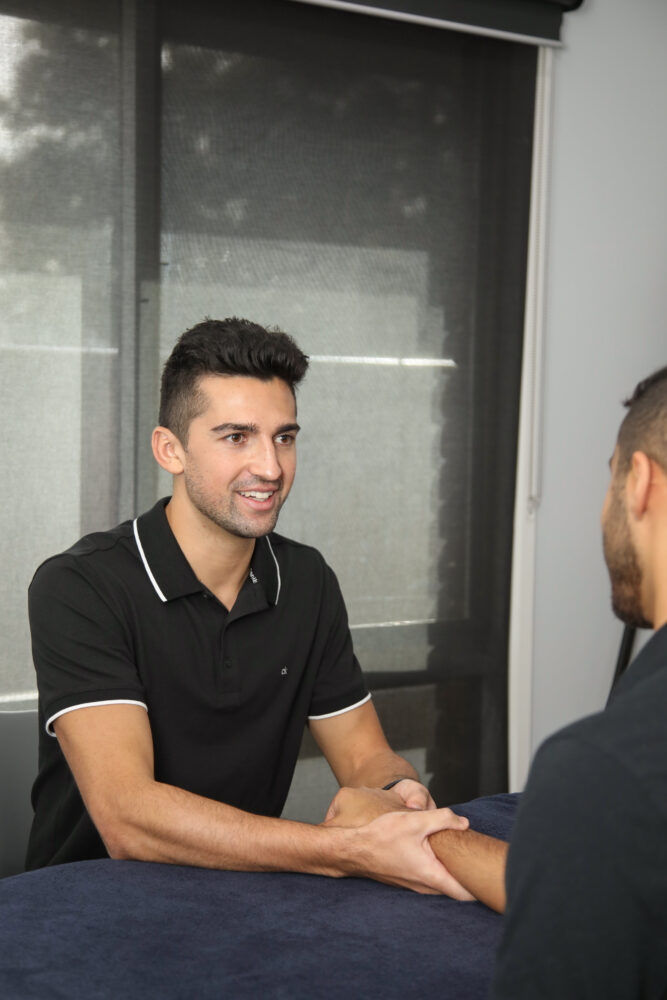
Treatment of the forearm
Osteopathy offers a holistic, non-invasive approach to managing carpal tunnel syndrome. Here’s how I can help:
- Manual Therapy: By using soft tissue manipulation and gentle stretching, I can reduce tension in the muscles and ligaments surrounding the carpal tunnel, helping to alleviate pressure on the median nerve.
- Improving Circulation: Osteopathy focuses on improving blood flow and reducing inflammation, which supports the body’s natural healing process and relieves pain.
- Postural and Ergonomic Adjustments: I’ll assess your posture and work environment to identify any factors contributing to your symptoms. Simple changes to how you sit, type, or use your hands can make a big difference in managing CTS.
What are the Management and Self-care Strategies?
In addition to osteopathic treatment, managing carpal tunnel syndrome can involve several self-care strategies:
- Rest and Splinting: Wearing a wrist splint, especially at night, can help keep the wrist in a neutral position, reducing pressure on the median nerve.
- Cold Therapy: Applying ice to the wrist can help reduce inflammation and ease pain.
- Stretching and Strengthening: I will guide you through gentle exercises to improve flexibility and strength in your wrist and hand, preventing future issues.
Final Takeaway
Living with carpal tunnel syndrome can be frustrating, especially if it affects your ability to work or enjoy daily activities. With the right care and treatment, it’s possible to manage symptoms and restore function. Osteopathy provides a personalized approach to healing, focusing on relieving nerve compression and supporting your overall well-being. If you’re struggling with wrist pain or numbness, please reach out to schedule a consultation at Pakenham Osteopathy. Together, we can develop a treatment plan that helps you heal and return to your normal activities with confidence.
If you have any questions, please feel free to email me directly: ammar@pakenhamosteopathy.com.au
